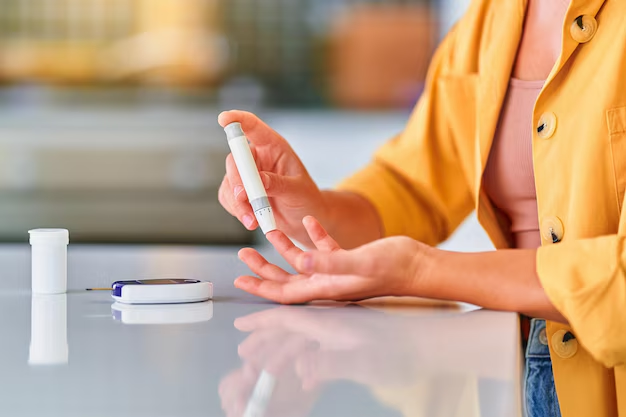Understanding Normal Glucose Levels for Diabetics: What You Should Know
Managing diabetes effectively requires a clear understanding of normal glucose levels. For someone living with diabetes, balancing glucose levels might seem like walking a tightrope, especially without the right information. Knowing what constitutes a normal range can be pivotal in managing your health daily and avoiding complications.
What Are Normal Glucose Levels for a Diabetic?
Blood glucose levels can vary throughout the day depending on meals, activity levels, and individual health conditions. For diabetics, tracking these levels is especially crucial. The American Diabetes Association (ADA) provides specific target ranges:
- Before meals: 80-130 mg/dL
- 1-2 hours after beginning a meal (postprandial): Less than 180 mg/dL
These targets serve as general guidelines, and individual targets should be personalized by healthcare professionals.
The Importance of Maintaining Normal Levels
Keeping blood glucose within these target ranges can help prevent long-term complications such as nerve damage, kidney disease, and vision problems. Regular monitoring also allows for better management of daily energy levels and overall health. Using a continuous glucose monitor (CGM) or a blood glucose meter can make it easier to track and adjust your diabetes management plan as needed.
Adjusting to Your Lifestyle and Needs
Regular check-ups with your healthcare provider will assist in tailoring your targets based on other factors, such as age, duration of diabetes, the occurrence of diabetic complications, and other personal health issues. Besides following your doctor’s advice, incorporating a balanced diet, regular exercise, and proper medication use are crucial elements in maintaining these glucose levels.
Financial Considerations for Managing Diabetes
Managing diabetes efficiently often has a financial impact, including the cost of medications, testing supplies, and doctor visits. Many people are eligible for financial assistance programs that ease this burden.
Potential Financial Resources:
Government Aid Programs: Medicaid and Medicare often provide coverage for diabetes management supplies and medications. The eligibility criteria can vary, so it’s essential to check what you qualify for.
Employer Health Insurance: If you are employed, make sure to review what diabetes-related medical supplies and medications your insurance covers. Employers sometimes offer additional assistance through flexible spending accounts (FSAs) that use pre-tax dollars for health costs.
Patient Assistance Programs: Many pharmaceutical companies offer assistance tailored to individuals with limited income, making medications more affordable.
Exploring Additional Support and Resources
In addition to health-focused solutions, financial relief options can significantly impact overall diabetes management. Learning about these resources might provide the buffer you need to focus more on your health.
Here's a handy checklist 📝 to help you explore these options:
- 🌟 Medicare/Medicaid: Check eligibility and coverage options for diabetes supplies and management.
- 💪 Employer Initiatives: Look into health savings accounts (HSAs) or FSAs for managing diabetes-related expenses.
- ✔️ Pharmaceutical Savings: Research programs by drug manufacturers for reduced medication costs.
- 📚 Educational Grants: If you're pursuing education, check for specialized grants offering financial relief for those managing chronic health conditions.
- 💳 Credit Solutions: Explore low-interest or interest-free credit offerings aimed at healthcare expenses.
Being informed about what normal glucose levels are and understanding your financial resources can empower you to manage diabetes more effectively, leading to a healthier and more balanced life.
